Certain plants seemingly do well no matter how much or much little care we give them in our gardens. One great example of a plant that seems to do great year after year is the low-growing sedum. It doesn’t matter if the weather has been too hot or too cold or too rainy, because this yellow-flowering succulent grows and gets bigger each and every year. We have some really poor soil up here on the mountain ridge and this plant excels even without fertilizing it.
The weeds in the fields in early Spring are the same way. They seem to grow into huge colonies no matter what kind of weather they experienced. Sure, their fastest growth might be delayed or the blooming times might differ slightly from year to year, but in the main they’re strong growers.
Other plants, not so much. An example of finicky plants, which seem to do well only in periodic years, are members of the orchid family, Orchidaceae. To them, it seems that the conditions must be just right for them to grow really well and bloom beautifully.
For example, the colonies of moccasin flower or pink lady slippers that we enjoy each year had a paltry blooming season this year. We can’t blame it on the mild winter or lack of rain only because we can’t go back and test for that. But, in comparison to the average year we didn’t get to enjoy much of them.
We’re left wondering if the weather is to blame or if these plants just can’t manage blooming and growing really well every year. This year we saw 11 lady slippers with only 6 of them blooming in an area that more typically has a couple of dozen plants with about half of them flowering.
Another orchid that we have the pleasure of seeing on our rocky land is the whorled pogonia and they didn’t flower this year at all. Only 14 plants were counted in an area that has seen 4-5 times as many orchids in a good season.
I’m wondering whether other nature children see such a great difference in the presence of orchid plants from year to year. Has this been a poor orchid blooming year in your area?
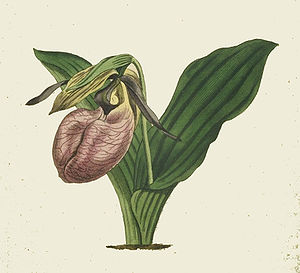


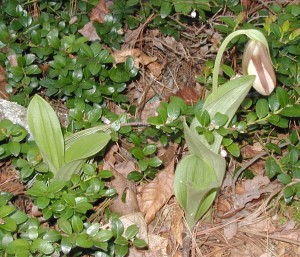
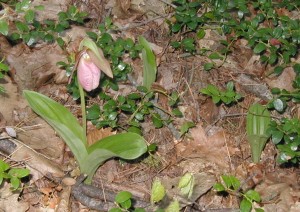
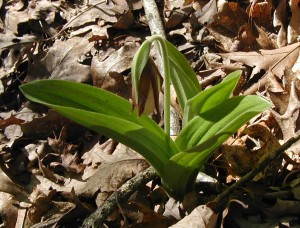
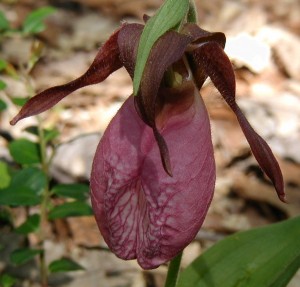
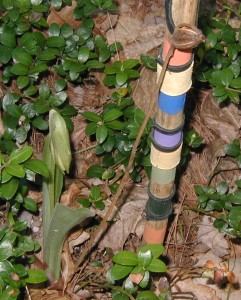
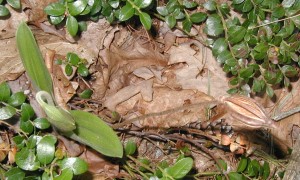
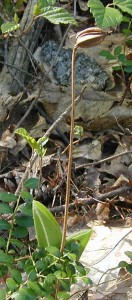
![Reblog this post [with Zemanta]](http://img.zemanta.com/reblog_e.png?x-id=073f006e-fb3a-4f49-906e-66c172d700a1)